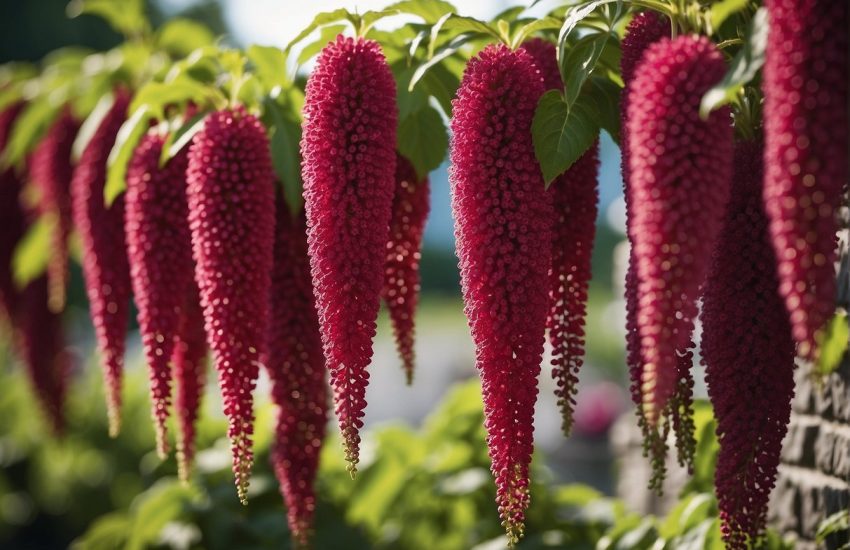Plant That Looks Like Lamb’s Ear: Identification and Care Tips
Plants that look like lamb’s ear are a great addition to any garden or landscape. Lamb’s ear, also known as Stachys byzantina, is a popular perennial plant with soft, velvety leaves that resemble the ears of a lamb. However, growing lamb’s ear can be challenging, especially in areas with high humidity or damp soil.

Fortunately, there are several plants that look like lamb’s ear and are easier to grow. Mullein is a popular alternative to lamb’s ear, with leaves that are similar in shape and texture. Other plants that resemble lamb’s ear include woolly yarrow, catmint, and silver mound artemisia. These plants are all low-maintenance and can thrive in a variety of growing conditions.
Characteristics of Lamb’s Ear

Botanical Profile
Lamb’s ear, scientifically known as Stachys byzantina, is a perennial plant that belongs to the mint family. It is native to Turkey, Armenia, and Iran but has become a popular ornamental plant in many parts of the world. The plant grows up to 1-2 feet tall and 1-2 feet wide, forming a dense silver carpet of velvety-textured leaves.
Physical Appearance
Lamb’s ear is known for its unique foliage, which resembles the soft and fuzzy ears of a lamb. The leaves are silvery-green in color, with a velvety texture that feels like wool to the touch. They are large and oval-shaped, measuring up to 4 inches long and 2 inches wide. The plant produces spikes of tiny pink or purple flowers in the summer, which rise above the foliage on tall stems.
Lamb’s ear is a herbaceous perennial, which means that it dies back to the ground in the winter and regrows from the roots in the spring. The plant is easy to grow and requires minimal care, making it a popular choice for gardeners of all levels of experience. Its silvery foliage adds a unique texture and color to any garden, and it can be used as a groundcover or border plant.
In summary, Lamb’s ear is a unique and attractive herbaceous perennial with silvery foliage and a velvety texture that resembles the ears of a lamb. It is easy to grow and requires minimal care, making it a popular choice for gardeners around the world.
Cultivation and Care

Planting and Growing Conditions
Plants that look like lamb’s ear are relatively easy to grow and do not require much maintenance. They prefer well-drained soil and full sun to partial shade. Lamb’s ear is drought-tolerant and can survive in dry conditions. It is hardy in zones 4-8 and can tolerate overwintering.
Maintenance and Propagation
Lamb’s ear requires little maintenance, making it an ideal plant for busy gardeners. Deadheading spent flowers can promote more blooms. Pruning can be done in early summer or late spring to maintain the shape of the plant and prevent it from spreading too much. Propagation can be done by division in the spring or early summer.
Pests and Diseases
Lamb’s ear is generally pest and disease-resistant. However, it can be susceptible to powdery mildew in humid conditions. To prevent this, ensure good air circulation around the plant and avoid overhead watering. Root rot and other fungal diseases can occur if the soil is too wet. To prevent this, ensure the soil is well-drained and avoid overwatering.
In terms of fertilizer, organic matter such as compost or aged manure can be added to the soil in the spring to provide nutrients. Mulching can also help retain moisture and suppress weeds around the plant.
Overall, planting and caring for plants that look like lamb’s ear is relatively easy and low-maintenance. With the right growing conditions and proper care, these plants can thrive in any garden.


